Because the late summer-early autumn weather has been so unusually mild, I’ve had many more backyard hummingbird visitors this year. In Wisconsin we only see the Ruby-throated Hummingbirds unless a wayward migrant comes through.
I have 3 hanging hummingbird nectar feeders scattered throughout our backyard that I refill once a week, but I also grow plenty of annual flowers that keep blooming until frost.
‘Big Blue’ Salvia starts blooming later than all of my other annuals and instantly becomes a favorite of migrating hummingbirds and also bumblebee worker females and bumblebee queens that are active in the fall.
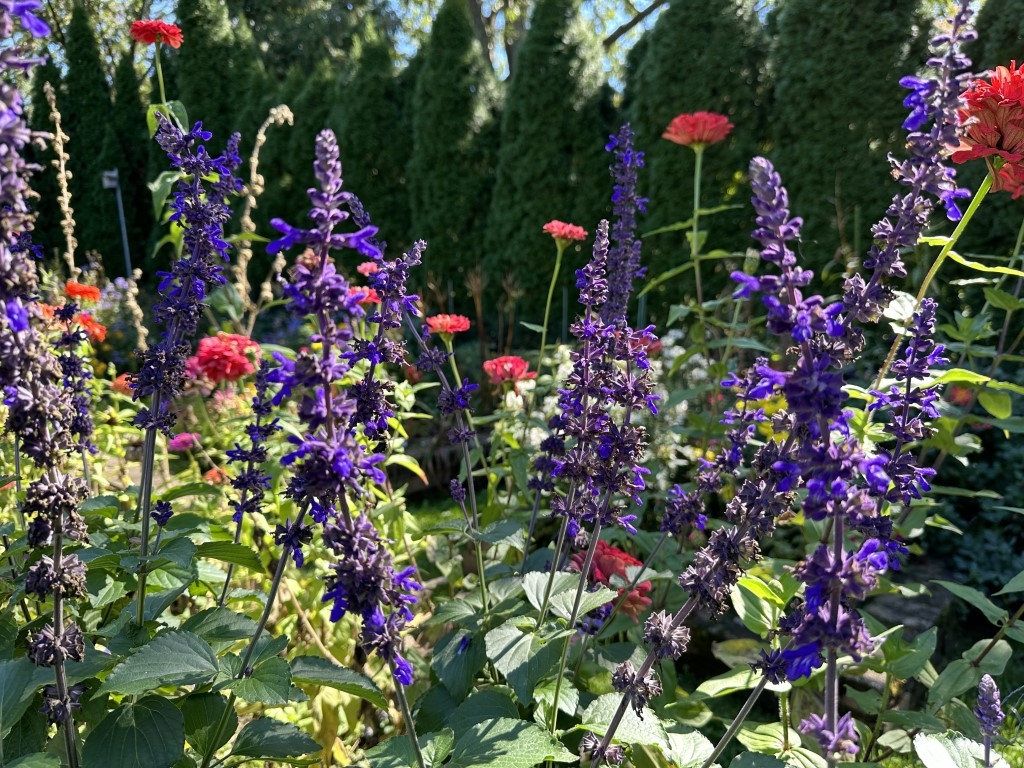
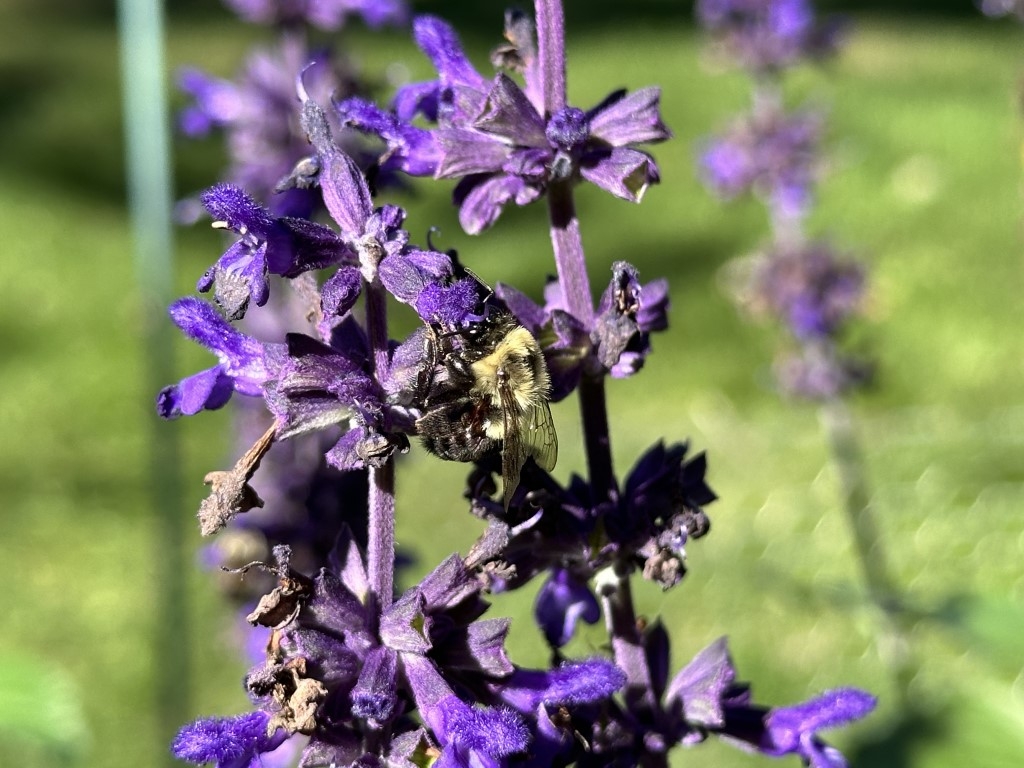
The coccinea salvias are also a favorite of hummingbirds. I make sure to always plant some next to our screen porch so I can watch the hummingbirds close up. Usually I hear their squeaks or the hum of their wings before I see them.
This is ‘Lady in Red’ which is often sold at garden centers:
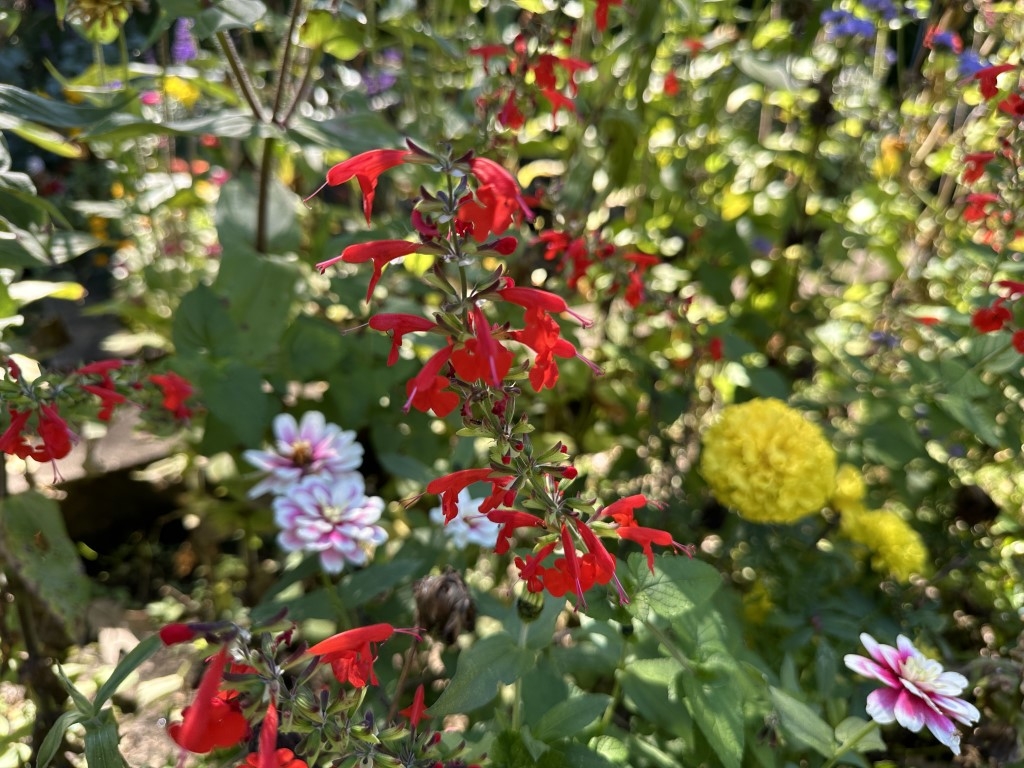
This is ‘Snow Nymph’:
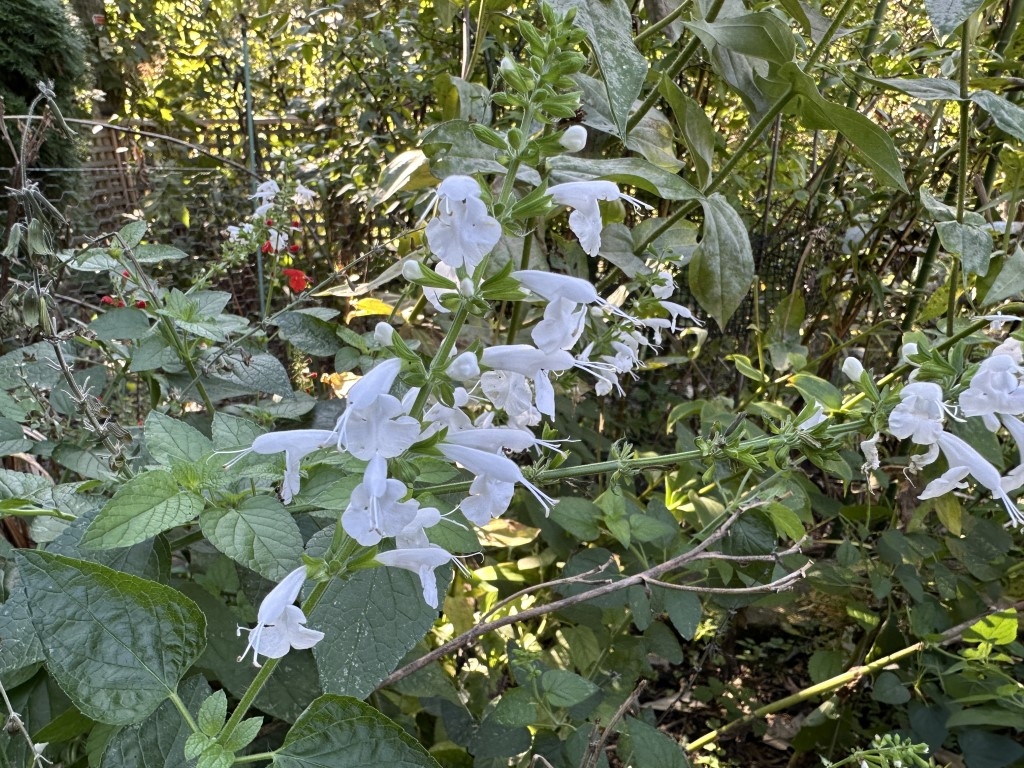
And this is ‘Coral Nymph’ which I also saw for sale this spring at a garden center:
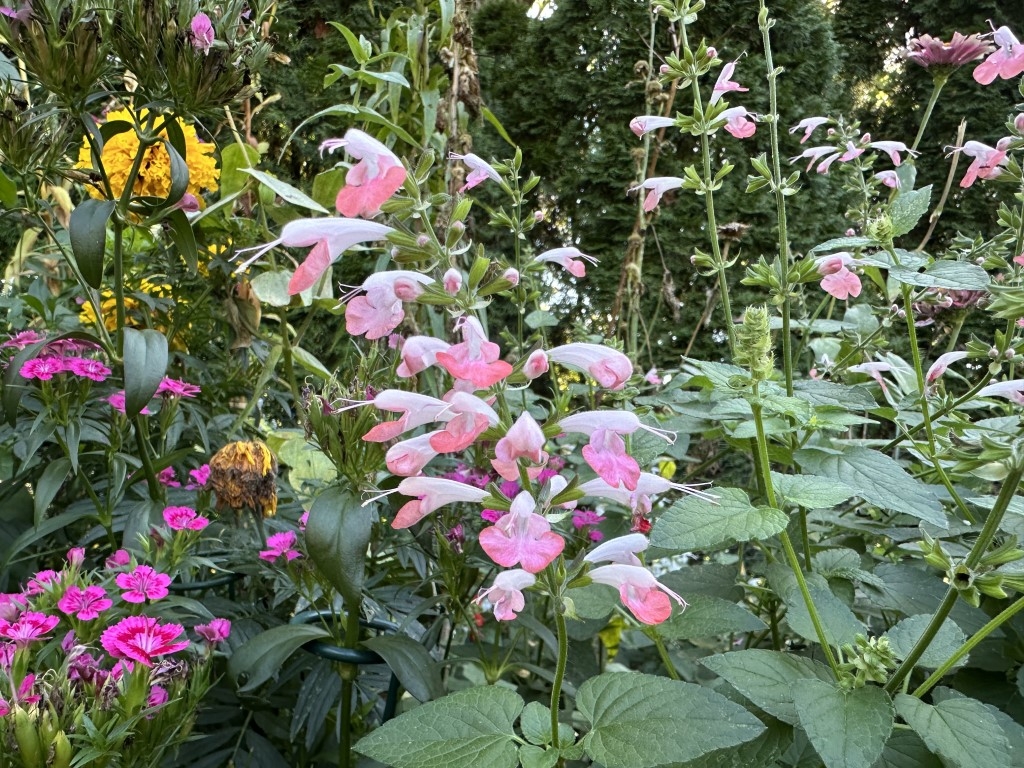
I sprout my own salvias from seed indoors each winter about 10 weeks before our last average frost date.
Migration will be winding down soon and the Ruby-throated Hummingbirds will enjoy winter in Mexico and Central America while the queen bumblebees will dig shallow hibernation chambers and sleep until early spring.
